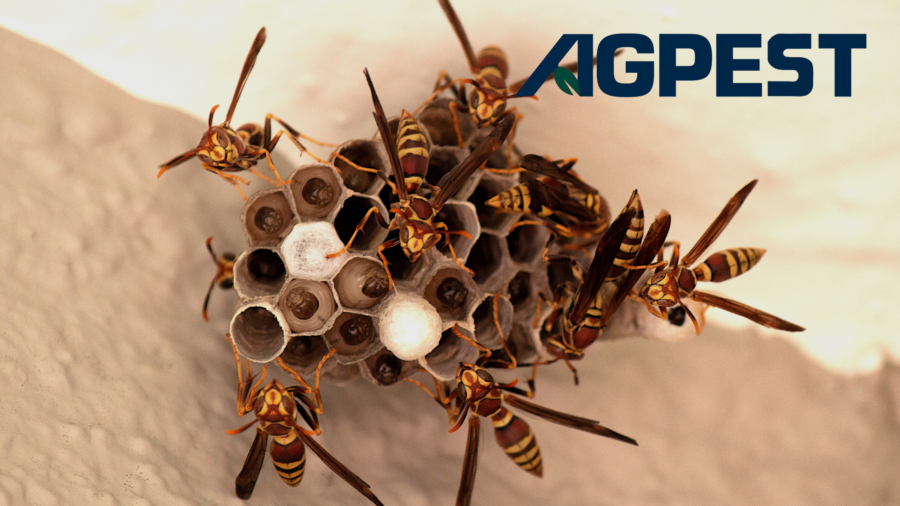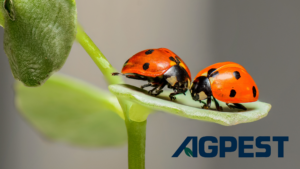Summer in San Diego brings warm weather, sunny days, and unfortunately, an increase in wasp activity. Wasps are common stinging pests that can pose serious threats to humans and pets if their nests are not properly managed. In this blog post, we’ll explore the types of wasps found in San Diego, where their nests are often located, why they can be harmful, and what steps to take if you encounter a wasp sting. Additionally, we’ll provide some useful tips to prevent wasps and other stinging insects from nesting around your home.
Types of Wasps Found in San Diego
San Diego is home to several types of wasps, with the most common being:
- Yellow Jackets: Known for their aggressive nature, yellow jackets are easily recognizable by their bright yellow and black stripes.
- Paper Wasps: These wasps are less aggressive but will defend their nests. They build distinctive umbrella-shaped nests.
- Mud Daubers: Mud daubers are solitary wasps that build nests from mud. They are less likely to sting but can still be a nuisance.
Common Nesting Locations
Wasps typically build their nests in sheltered areas where they are protected from the elements. Common nesting spots around your home include:
- Under eaves and overhangs
- In attics and sheds
- Inside wall cavities
- Beneath decks and patios
- In dense shrubbery or trees
Why Wasps Are Harmful
Wasps can be more than just a nuisance; their stings can be painful and potentially dangerous. Here’s why wasps are a concern:
- Painful Stings: Wasp stings can be extremely painful and cause swelling, redness, and itching.
- Allergic Reactions: For some people, wasp stings can trigger severe allergic reactions, including anaphylaxis, which can be life-threatening.
- Aggressive Behavior: Wasps, especially species like yellow jackets, can become aggressive if they feel their nest is threatened, leading to multiple stings.
What to Do If You Are Stung by a Wasp
If you are stung by a wasp, follow these steps:
- Clean the Area: Wash the sting site with soap and water to prevent infection.
- Reduce Swelling: Apply a cold pack to the area to reduce swelling and pain.
- Pain Relief: Use over-the-counter pain relievers like ibuprofen or acetaminophen.
- Monitor for Allergic Reactions: Watch for signs of a severe allergic reaction, such as difficulty breathing, swelling of the face or throat, or dizziness. Seek immediate medical attention if these symptoms occur.
Preventing Wasps and Other Stinging Pests
Here are some tips to keep wasps from making your home their home:
- Seal Entry Points: Ensure that all cracks and crevices around windows, doors, and the foundation of your home are sealed.
- Maintain Your Yard: Regularly trim bushes and trees and remove any debris that could serve as a nesting site.
- Keep Food Covered: Wasps are attracted to food, especially sweets and meats. Keep food covered when dining outdoors.
- Use Wasp Traps: Place wasp traps around your yard to catch and reduce the wasp population.
- Regular Inspections: Schedule regular inspections with a pest control company to identify and address potential nesting sites early.
Dealing with wasp nests can be dangerous and challenging. Trust the experts to handle it safely and effectively. If you’re facing a wasp problem or want to prevent future infestations, contact our professional pest control company today. Request a free pest control quote and let us help you keep your home and family safe from stinging pests.
Don’t wait for a sting to take action. Reach out to us now for reliable and efficient wasp control in San Diego!



